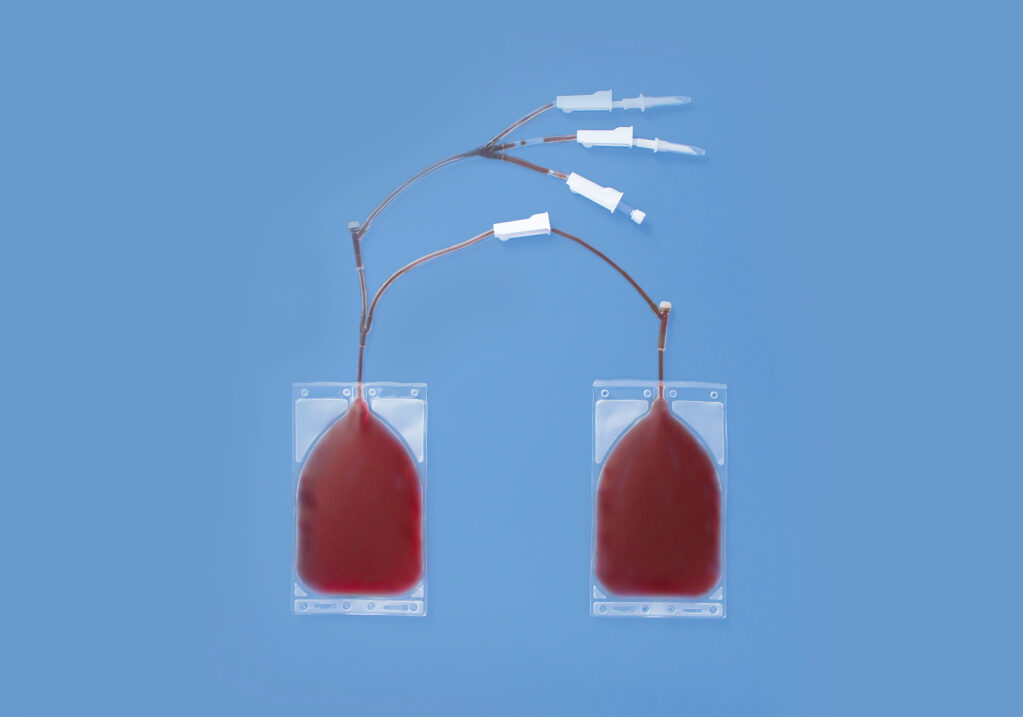Cell Wash Bags
Cell Wash Bags
Cell wash bags serve the purpose of washing and rinsing cells in various laboratory and medical applications. These bags are specifically designed to facilitate the process of separating cells from their growth medium, Cryoprotectants or buffer solution, allowing for efficient washing and removal of unwanted substances.
The applications of cell wash bags are diverse and include fields such as cell culture, cell therapy, stem cell research, and biopharmaceutical manufacturing. In cell culture, these bags are commonly used to wash adherent cells or suspension cells, helping to remove residual media, contaminants, or unwanted substances before subsequent processing or analysis.
In cell therapy and regenerative medicine, cell wash bags play a crucial role in the processing and preparation of cells for transplantation. They are used to wash and concentrate stem cells or other therapeutic cells, ensuring the removal of impurities and optimizing the cell population for therapeutic applications.

CellStor® Cell Wash Bag - Double Transfer bag
Application
Removing Cryoprotectants in Cell Therapy:
In cell therapy, especially stem cell therapy, cells are often frozen for storage and transport using cryoprotectants like DMSO.
Before these cells can be infused into a patient, the cell wash bag is used to wash and remove residual cryoprotectants.
Cell wash bags are particularly important for pediatric patients who are more susceptible to cryoprotectant toxicity.
Washing Cells in Blood Processing:
Cell wash bags are used in blood banks to wash red blood cells, platelets, or plasma to remove unwanted components like white blood cells, plasma proteins, or pathogens.
Reduce the risk of transfusion reactions in patients receiving blood transfusions.
Improve the storage life of blood components by minimizing cell damage.
Isolating Specific Cell Populations:
Cell wash bags can be used in research to wash and isolate specific cell populations from a mixed cell sample by washing away unwanted cells.
Antibody Labeling:
In some procedures, cells are labelled with antibodies to target them for specific applications.
Cell wash bags can be used to wash away excess or unbound antibodies after labeling, ensuring better specificity and reducing background noise in experiments or treatments.
Advantages
Washing and Concentration: The two bags work in tandem. The first bag washes the thawed stem cell unit with a Dextran/albumin solution, while the second receives the resulting supernatant, effectively concentrating the stem cells.
Closed System Transfer: Integral tubing connects the bags, and ABS spikes and a luer connector enable a closed system transfer of the thawed sample. This minimizes the risk of contamination during processing.
Cell Preservation: The smooth internal surface of the PVC bags prevents cell trapping, ensuring efficient removal of supernatant and optimal cell recovery.
Enhanced Traceability: Each bag has a unique identification number for accurate tracking and documentation purposes.
Needle-Free Option: An optional needle-free connection system eliminates the need for injections, reducing the risk of contamination and leakage. This also maintains a closed system even after disconnecting a syringe.
Multiple Sample Handling: Two spikes allow for the acquisition of multiple cord blood samples within a closed system for efficient washing.
Convenient Handling: Hanger holes on the bags facilitate easy handling during processing.
Versatile Connection Options: Two female luers and one male luer on the bags provide flexibility for connecting various devices within the closed system.
Features
Medical-grade plastic: Cell washing sets is made of PVC (DEHP- free) CSPS14-02
Volume: Cell washing sets come in various sizes to accommodate different volumes of fluids or cells.
Spikes: These sharp connectors allow for puncturing other bags or containers to establish a closed system for transferring fluids or cells.
Luer connectors: These threaded connectors enable secure attachment of syringes, tubing, or other devices for sample withdrawal or fluid administration.
Integral tubing: Some transfer bags have pre-attached tubing for easy connection within a closed system.
Needle-free systems (optional): These connections eliminate the need for needles, reducing the risk of accidental needle sticks and maintaining a closed system.
Clear walls: This allows for easy visual inspection of the contents.
Ordering Information
CellStor® Cell Wash Bag – Double Transfer Bag
| Part No. | Description | Dimension (W x L) | Nominal Volume | Packaging |
|---|---|---|---|---|
| CSCWTB-01 | CellStor® Cell Wash Bag - 100 mL double transfer bag (2 Spike ports & 1 female luer). | 97 x 155 mm | 100 mL | 24/case |
| CSCWTB-02 | CellStor® Cell Wash Bag - 150 mL double transfer bag (2 Spike ports & 1 female luer). | 90 x 161 mm | 150 mL | 24/case |
| CSCWTB-03 | CellStor® Cell Wash Bag - 250 mL double transfer bag (2 Spike ports & 1 female luer). | 112 x 190 mm | 250 mL | 24/case |
| CSCWTB-04 | CellStor® Cell Wash Bag - 500 mL double transfer bag (2 Spike ports & 1 female luer). | 126 x 217 mm | 500 mL | 24/case |
CellStor® Cell Wash Bag – Triple Transfer Bag
| Part No. | Description | Dimension (W x L) | Nominal Volume | Packaging |
|---|---|---|---|---|
| CSCW3TB-01 | CellStor® Cell Wash Bag - 100 mL triple transfer bag (2 Spike ports & 1 female luer). | 97 x 155 mm | 100 mL | 20/case |
| CSCW3TB-02 | CellStor® Cell Wash Bag - 150 mL triple transfer bag (2 Spike ports & 1 female luer). | 90 x 161 mm | 150 mL | 20/case |
| CSCW3TB-03 | CellStor® Cell Wash Bag - 250 mL triple transfer bag (2 Spike ports & 1 female luer). | 112 x 190 mm | 250 mL | 20/case |
| CSCW3TB-04 | CellStor® Cell Wash Bag - 500 mL triple transfer bag (2 Spike ports & 1 female luer). | 126 x 217 mm | 500 mL | 20/case |

